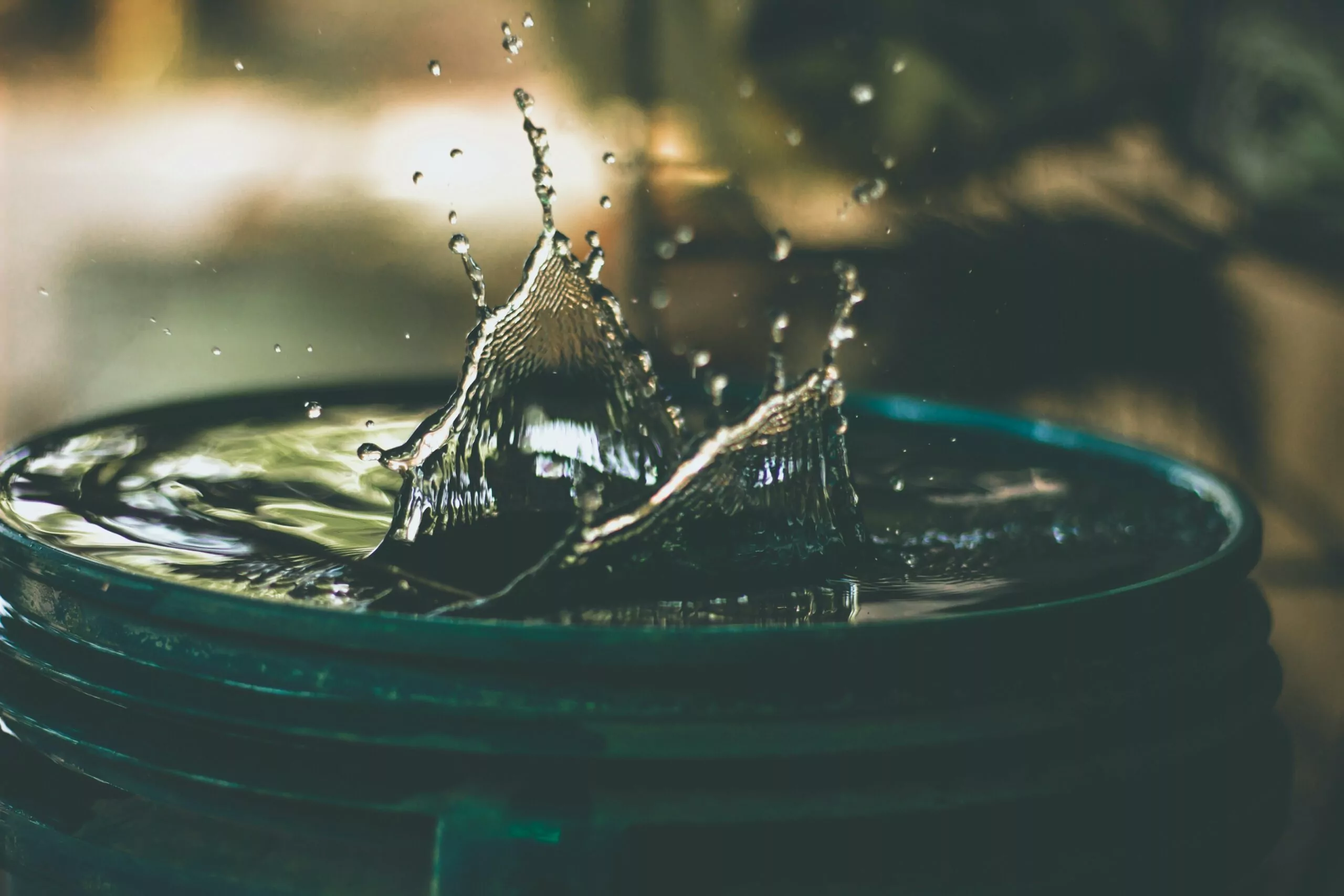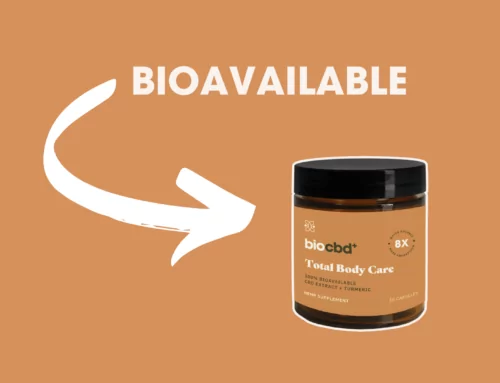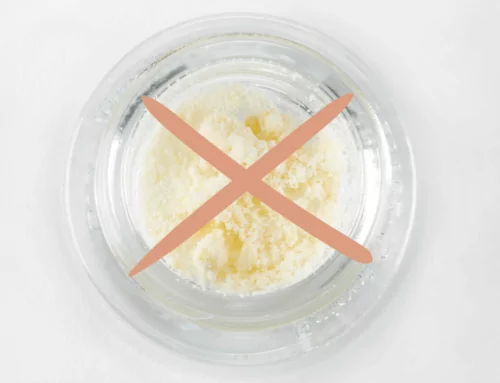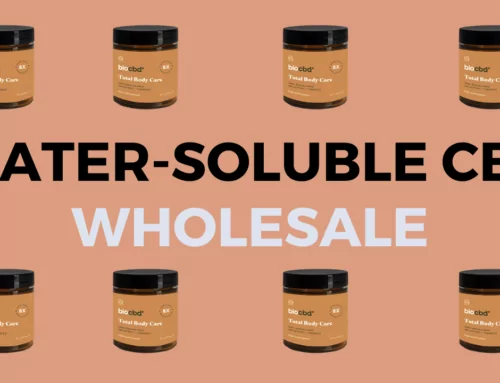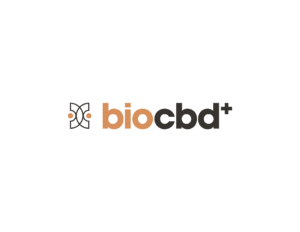The world of cannabis has been revolutionized by the introduction of water-soluble CBD, a breakthrough that promises enhanced bioavailability and efficiency. This innovation addresses a fundamental challenge posed by the natural oil-soluble state of cannabidiol (CBD). In this article, we delve into the science behind water-soluble CBD, exploring how this technology is changing the landscape of CBD consumption.
Understanding CBD’s Natural Solubility
CBD is a naturally occurring compound found in the cannabis plant. Like many cannabinoids, it is hydrophobic, meaning it does not naturally dissolve in water. This characteristic poses limitations in its absorption when consumed, as our bodies are primarily composed of water.
The Shift to Water-Soluble CBD
The innovation of water-soluble CBD is a game-changer. By altering the natural form of CBD to make it water-friendly, it becomes more compatible with our water-based bodies. This transformation is achieved through advanced scientific techniques such as nanoemulsions and microemulsions.
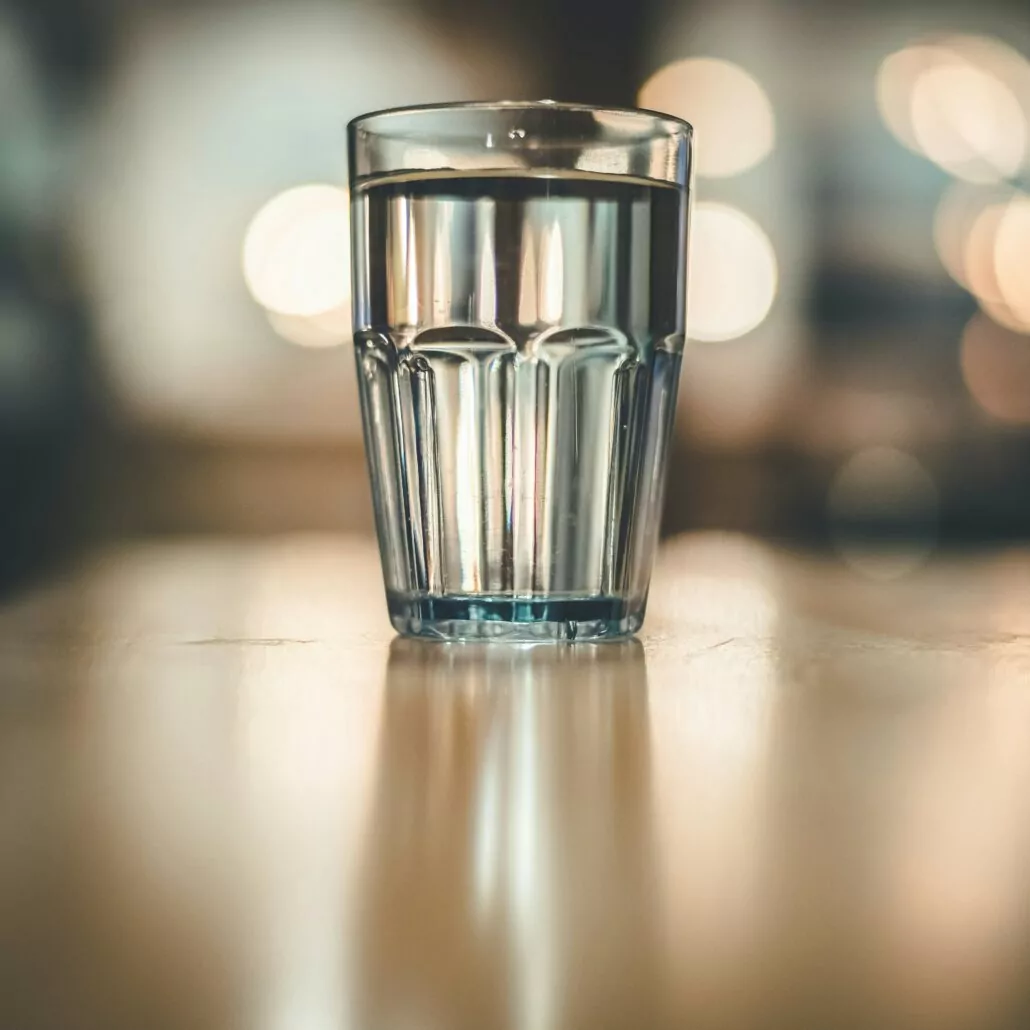
Nanoemulsions: A Key Player
Nanoemulsions play a pivotal role in creating water-soluble CBD. This process involves breaking down CBD molecules into tiny, nano-sized particles. These nanoparticles are then encased in a surfactant – a substance that reduces surface tension between water and oil, allowing the CBD to disperse evenly in water.
Microemulsions and Liposomes
Similarly, microemulsions and liposomes are other methods used. While microemulsions produce larger droplets compared to nanoemulsions, liposomes encapsulate CBD in a water-soluble shell, offering another pathway to improve solubility.
Advantages of Water-Soluble CBD
The primary benefit of water-soluble CBD is its increased bioavailability. Bioavailability refers to the extent and rate at which a substance is absorbed and becomes available at the site of physiological activity. Water-soluble CBD can be absorbed more efficiently by the body, making it more effective than its oil-based counterpart.
Enhanced Absorption
The smaller particles of CBD in nanoemulsions are easier for the body to absorb. This means that a lower dose of water-soluble CBD can achieve effects that would require a higher dose in oil form, potentially reducing cost and improving user experience.
Applications and Products
Water-soluble CBD has opened up new possibilities in product development. It is now used in a variety of water-soluble CBD products, including capsules, beverages, edibles, and topical formulations, offering consumers more ways to incorporate CBD into their wellness routines.
Future Directions and Considerations
As we move forward, the potential of water-soluble CBD continues to grow. However, it’s essential to consider the need for continued research to fully understand its long-term effects and to ensure quality and safety standards in its production.
Final Thoughts
The development of water-soluble CBD marks a significant advancement in the field of cannabis science. By enhancing the bioavailability of CBD, this technology not only improves the efficiency and effectiveness of CBD products but also paves the way for innovative applications and broader acceptance of CBD in various sectors of health and wellness. As science progresses, we can expect to see further developments that will continue to shape the landscape of cannabis consumption.


